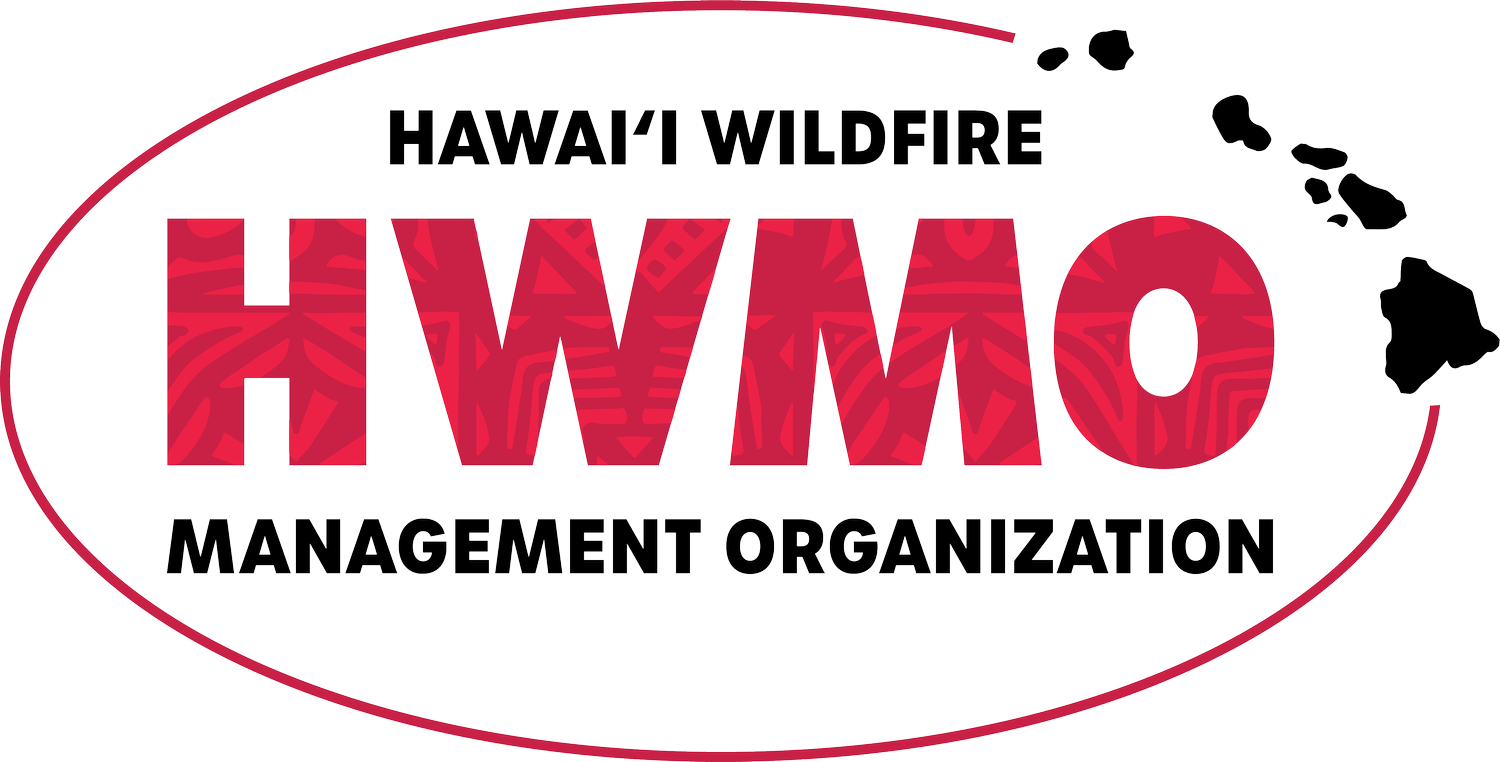Completing the (Fire) Cycle of Information Sharing
HWMO is working with its Pacific partners to bring national wildfire preparedness programs to the local level. Photo Credit: HWMO
Check out Fire Adapted Communities Learning Network's feature on HWMO released today, written by Community Outreach Coordinator, Pablo Beimler.
Excited to see the hard work of HWMO and its Pacific partners showcased on the national stage!
Mahalo Fire Adapted Communities Learning Network for the opportunity to share our lessons learned.
"Living in the most remote island chain in the world with over 2,500 miles of Pacific Ocean separating us from the continental U.S. (a.k.a. “the mainland”), it is only fitting that Hawai‘i has a unique set of traits and challenges that can sometimes make one feel isolated from the rest of the world. However, the era of modern networking capabilities is helping shed light on the commonalities we share, while still honoring the differences that make us unique."
"Starting in 2013, HWMO collaborated with the IAFC Ready, Set, Go! program to produce a Hawaii-version of the Wildland Fire Action Guide. IAFC graciously printed 10,000 copies for HWMO and county fire departments to distribute. Replacing photos and references to conifer forests, shake roof homes, and other mainland- WUI features, HWMO integrated Hawai’i-specific photos and information and added an introductory section about wildfire in Hawai’i’. Since incorporating the new guide into our fire preparedness workshops and outreach booths, we’ve noticed a spike in interest from residents and even visitors about the Ready, Set, Go! program. Whether learning how to prevent embers from collecting under the lanai (patio) or browsing the visual list of recommended Firewise native plants, residents have taken the RSG! guides into their own hands. Launiupoko Firewise Committee in West Mauʻi plans to send more than 350 guides to residents as their first ever Firewise event."










